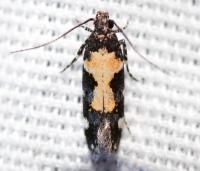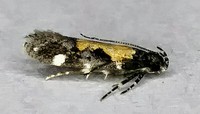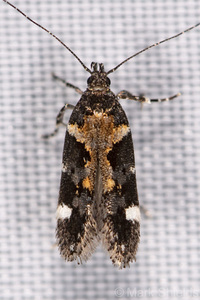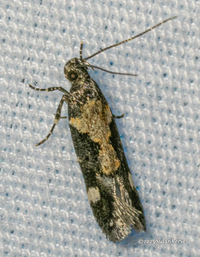
| Recorded by: Susan Reeves on 2025-11-05
Orange Co.
Comment: | 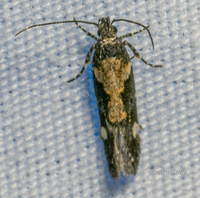
| Recorded by: Susan Reeves on 2025-11-05
Orange Co.
Comment: |
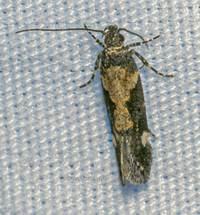
| Recorded by: Susan Reeves on 2025-11-05
Orange Co.
Comment: | 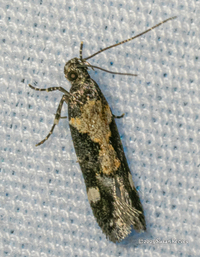
| Recorded by: S. L. Reeves, Lior S. Carlson, Dean Furbish, John F. Jarvis on 2025-11-05
Orange Co.
Comment: |
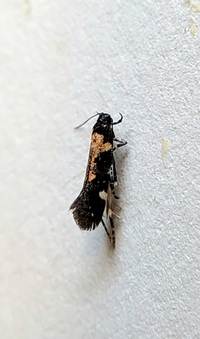
| Recorded by: Mark Basinger on 2025-10-02
Richmond Co.
Comment: | 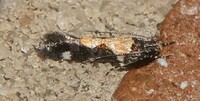
| Recorded by: Simpson Eason on 2025-09-08
Durham Co.
Comment: |
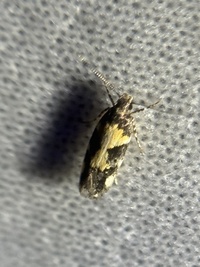
| Recorded by: Larry Chen, Sarah Toner on 2025-09-06
Beaufort Co.
Comment: | 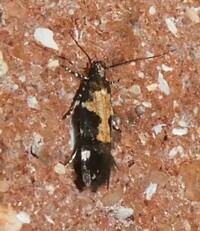
| Recorded by: Simpson Eason on 2025-09-05
Durham Co.
Comment: |

| Recorded by: Allison Garton on 2025-09-02
Moore Co.
Comment: | 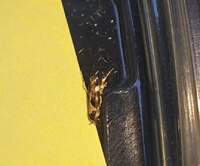
| Recorded by: Allison Garton on 2025-09-02
Moore Co.
Comment: |
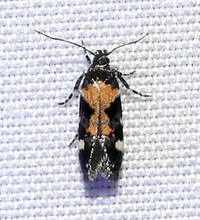
| Recorded by: Jeff Niznik, David George, Larry Chen, Sarah Toner, Joye Zhou on 2025-06-20
Richmond Co.
Comment: | 
| Recorded by: Jim Petranka on 2025-06-08
Madison Co.
Comment: |
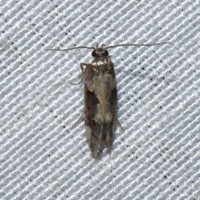
| Recorded by: David George, Jeff Niznik on 2025-05-24
Richmond Co.
Comment: | 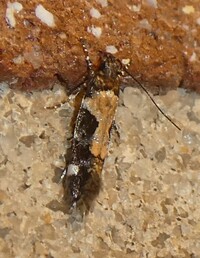
| Recorded by: Simpson Eason on 2024-10-08
Durham Co.
Comment: |

| Recorded by: R. Newman on 2024-09-20
Carteret Co.
Comment: | 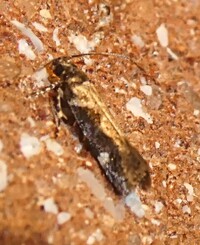
| Recorded by: Simpson Eason on 2024-09-19
Durham Co.
Comment: |
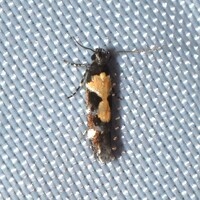
| Recorded by: David George, Stephen Dunn, Jeff Niznik on 2024-09-12
Orange Co.
Comment: | 
| Recorded by: R. Newman on 2024-08-02
Carteret Co.
Comment: |
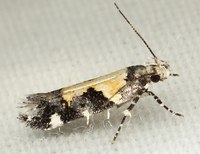
| Recorded by: John Petranka on 2024-07-31
Orange Co.
Comment: | 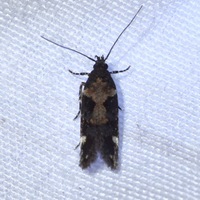
| Recorded by: David George, Stephen Dunn, Jeff Niznik, Larry Chen on 2023-10-28
Orange Co.
Comment: |

| Recorded by: Mark Shields on 2023-10-13
Onslow Co.
Comment: | 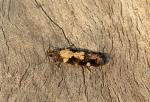
| Recorded by: R. Newman on 2023-09-06
Carteret Co.
Comment: |
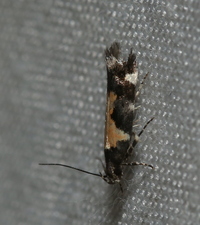
| Recorded by: David George, Jeff Niznik on 2023-09-04
Orange Co.
Comment: | 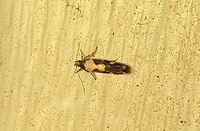
| Recorded by: Mark Basinger on 2023-09-02
Brunswick Co.
Comment: |
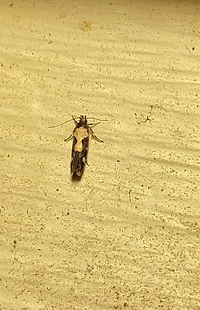
| Recorded by: Mark Basinger on 2023-09-02
Brunswick Co.
Comment: | 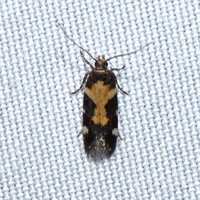
| Recorded by: David George, Jeff Niznik on 2023-06-11
Chatham Co.
Comment: |
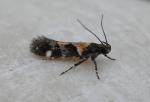
| Recorded by: R. Newman on 2022-10-24
Carteret Co.
Comment: | 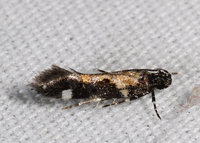
| Recorded by: John Petranka on 2022-09-21
Orange Co.
Comment: |
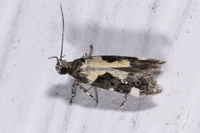
| Recorded by: Ed Corey on 2022-09-17
Martin Co.
Comment: | 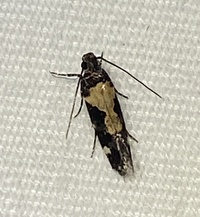
| Recorded by: David George, Lior Carlson, Richard Teper on 2022-09-06
Orange Co.
Comment: |
|

 »
»